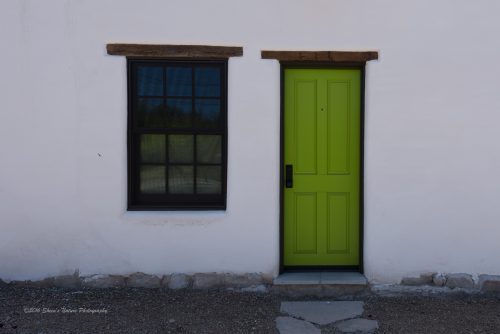
Photography is an art, a science, a practice, a hobby, a profession. Photography is not about the best camera or the best lenses. (Not to minimize the fact that we love our gear).
A photographer has the ability to see a moment, to see a subject and then capture it using a camera. From there, they make it come to life in post processing. This may be in the form of bringing the image to what they saw in the field, adding polish and refinements or adding dramatic artistic touches to give an altered reality perspective.
If you're really keen on taking your post processing techniques further and want to master some of them, The Art of Digital Blending Course is where it's at. Here you'll learn the art of Luminosity Masks and more.

by Sheen Watkins
With the vast array of post-processing tools, we have many creative methods to modify, enhance and add artistry to our images using own interpretation. We'll explore 3 examples of how post processing can add in creativity by slightly altering the reality of what was taken in the field.
3 Examples Of Adding Artistry To Our Images:
- Oil painting techniques
- Darkening and hard contrasts using a plug-in
- Pushing sliders in Lightroom to get different effects.
Oil Painting Techniques
On a recent bird photography trip to Arizona I had the opportunity to do a bit of photography in the historical Barrio area in downtown Tucson. A pallet of blues, greens, purples, reds, oranges and browns converged on every street.
The colorful stucco houses and structures were taken in the middle of the day. The Arizona bright sun radiated heat and created intense shadows during the noon hour. Even with a circular polarizer, the shadows were harsh and stark.
The lively, happy home below was fun to photograph with a wide-angle lens. I probably took 40 to 50 images from different angles as the right or not-so-right composition would convey a mood or ‘just another structure' in the Barrio.
While surveying this home, I was already considering creative color post processing in addition to a traditional post-processing approach.
A 14-24mm lens with settings of f/13, ISO 250, 1/160 seconds was used. The first image was processed using Lightroom CC. Adjustments in the Basic, HSL and Detail panels were applied.

While I liked the processed photograph of the colorful home, the image didn't quite communicate the ‘storybook moment' the way my mind envisioned it at the time of taking the photograph.
The processed image was then loaded into Photoshop. I applied the following options of: Filter, Stylize, Oil Paint. In Oil Paint I maximized the processing options for the desired storybook effect.

by Sheen Watkins
The Art of Digital Blending Course is a Photoshop course designed to enable YOU to get the most from your images when you're processing them. Learn expert techniques to show off your work in a way that you intended!
Using a Plugin To Be More Creative
Google recently announced that Nik Collection is available at no cost. Nik's modules provide quick views of various presets that can be further edited in the plug-in or back in Lightroom or Photoshop.
In the Barrio district, many of the historic homes and apartments made of stucco had minimalist treatments. The one story living complex could easily have gone unnoticed for many. The bright green door, weathered stucco and deep wood trim served as a canvass to further edit using Nik's Color Efex Pro Module.
The two images below illustrate the doorway processed in Lightroom followed by a version further processed in Nik's Color Efex Pro using dark contrasts.


by Sheen Watkins
Making Use of Lightroom's Sliders
Springtime's flowers with significant edits illustrate that Lightroom has a powerful artistry element. The pink dogwood flowers taken with a macro looked like many of my other dogwood flower photographs. For a little something different, I pushed sliders ‘all the way' to the right and left in contrast, clarity, and in the HSL panel.

by Sheen Watkins
With over 350 million photos being uploaded to Facebook every day, photography has become a way of life. DSLR camera's opened a groundswell of amateur, enthusiast and professional photographers.
With a camera on every smartphone – selfies, group photos and other images are captured 24 hours a day, 7 days a week. Instagram's features have made creative edits top of mind when sharing photos from our smart devices.
With images taken from our DSLR's, add another layer of personal differentiation by ‘altering reality' to keep the creative juices flowing.




